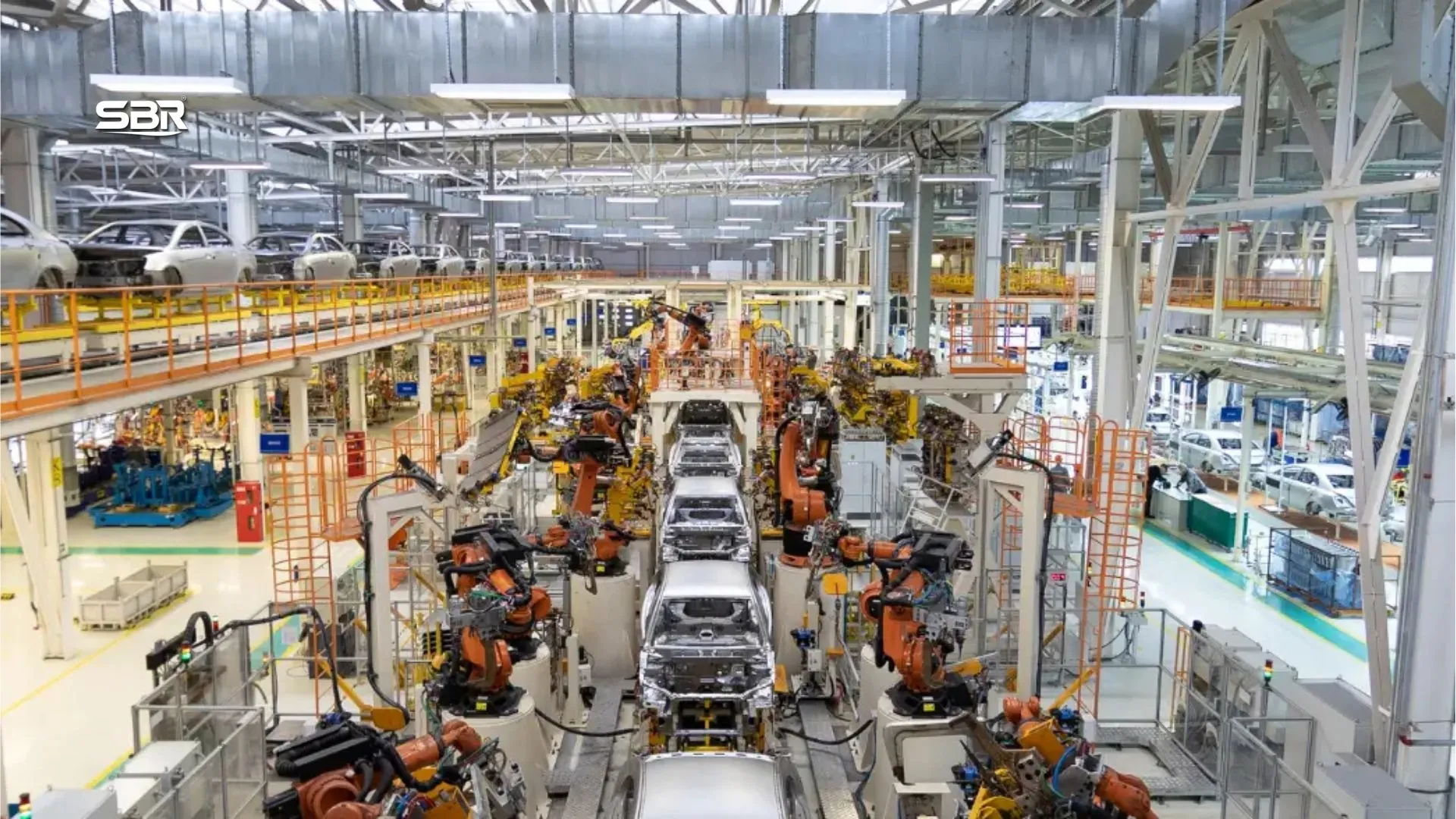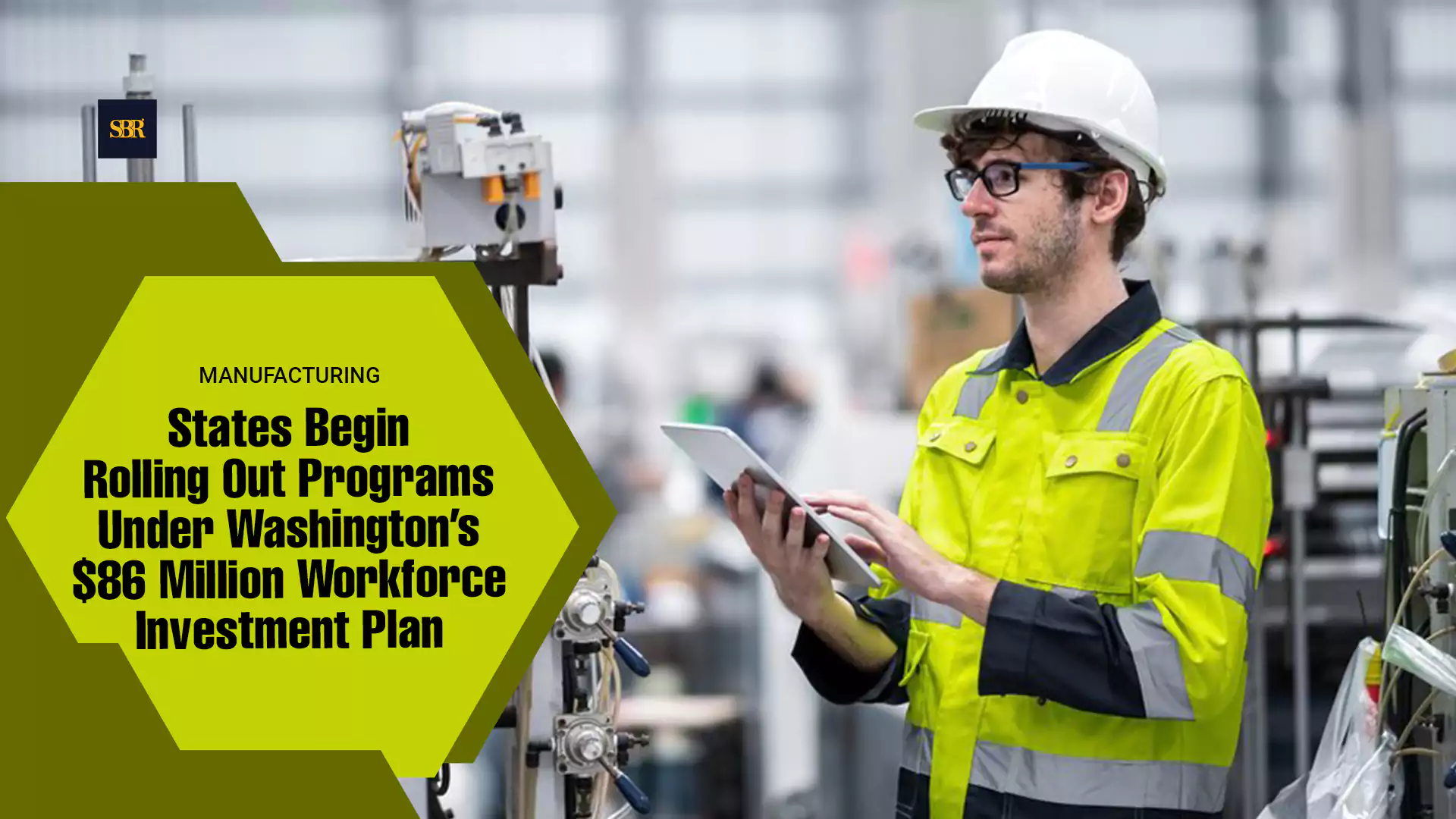The automobile industry in America is undergoing a dramatic transformation. As government regulations become more stringent, automakers are not only complying but also innovating in response. Regulations that once posed challenges have become catalysts for safer, cleaner, and smarter vehicles on American roads.
What Drives Regulation in the American Auto Sector?
Government regulation in the United States is driven by public safety, environmental protection, and consumer rights. Agencies like the National Highway Traffic Safety Administration, or NHTSA, and the Environmental Protection Agency, or EPA, play a pivotal role in shaping standards. These include fuel efficiency rules, emissions limits, crash safety measures, and new directives for electric vehicles and autonomous systems.
Over time, these rules have helped reduce fatal accidents and harmful pollutants. For example, Corporate Average Fuel Economy, or CAFE, standards have pushed manufacturers to create vehicles that consume less fuel. Similarly, emissions controls have reduced the carbon footprint of the American vehicle fleet.
How Automakers are Adapting to the Changing Regulatory Environment?
The automobile industry in America is not resisting regulation. Instead, it is responding with cutting-edge technologies. From advanced driver assistance systems to next-generation battery tech, manufacturers are finding ways to meet new standards while also enhancing product appeal.
Electric vehicles are a prime example. As regulations promote lower emissions and cleaner energy, companies like Tesla, Ford, and General Motors are rapidly expanding their electric vehicle portfolios. Federal incentives and state-level mandates are also accelerating this shift.
Challenges Faced by the American Auto Sector
Despite progress, the journey is not without roadblocks.
Complying with multiple layers of federal and state laws can be complex. For instance, California’s Zero Emission Vehicle (ZEV) program sets higher benchmarks than many other states.
Cost is another factor. Meeting safety and emissions standards often means higher R&D investments, which can affect profit margins and vehicle pricing. Smaller manufacturers and suppliers may struggle to keep pace with evolving demands.
How Safety Regulations Have Influenced Vehicle Design?
Safety requirements have fundamentally changed how vehicles are built. Features like airbags, anti-lock braking systems, electronic stability control, and rearview cameras are now standard. Newer innovations, such as automatic emergency braking and lane-keeping assist, are direct outcomes of regulatory encouragement.
Crash test ratings and pedestrian safety assessments also influence design. Vehicles must now protect both the occupants and people outside the vehicle, a requirement that shapes everything from hood angles to bumper materials.
The Role of Emerging Technologies and AI
Regulations are not just about compliance anymore. They are now integrated into the development of autonomous vehicles and artificial intelligence systems. Federal and state agencies are working to create frameworks that enable innovation while ensuring safety.
The American automobile industry is using machine learning to predict maintenance issues, prevent collisions, and improve driver behavior. These systems are being tested within regulatory sandboxes to ensure their reliability before widespread deployment.
The Impact of Regulation on Consumer Confidence
Regulatory oversight builds consumer trust. Buyers are more likely to invest in vehicles when they know that safety standards are being met. Government ratings and public disclosures have empowered buyers to make informed decisions.
This trust also translates into brand loyalty. Automakers that consistently meet or exceed standards often enjoy better reputations, which directly affects market performance.
What’s Next for America’s Automobile Industry
As the industry embraces electrification, digitization, and automation, regulations will continue to evolve. There is a growing call for unified national standards to reduce complexity for manufacturers and improve transparency for consumers.
Meanwhile, the Biden administration’s climate policies and infrastructure plans are poised to reshape the industry once again. More investments in EV infrastructure and stricter emissions limits are expected to drive further innovation and transformation.
U.S. Auto Sector at the Crossroads of Policy and Progress
The automobile industry in America is not just surviving under regulation. It is thriving because of it. From making roads safer to reducing environmental impact, regulations are steering the industry toward a future that is both responsible and revolutionary.
Frequently Asked Questions
What agencies regulate the automobile industry in the United States?
NHTSA and EPA are the primary federal agencies overseeing vehicle safety and environmental compliance in America.
How have regulations affected electric vehicle adoption in the United States?
Government incentives and emission reduction targets have accelerated the production and purchase of electric vehicles nationwide.
Are American automakers meeting international safety standards?
Yes, most American vehicles meet or exceed global safety benchmarks, thanks to strict domestic regulations and export requirements.
What is the biggest regulatory challenge for automakers today?
Navigating different state-level laws while complying with evolving federal mandates is one of the most complex challenges for American carmakers.
The automobile industry in America is not resisting regulation, it is redefining what progress looks like under its guidance.















